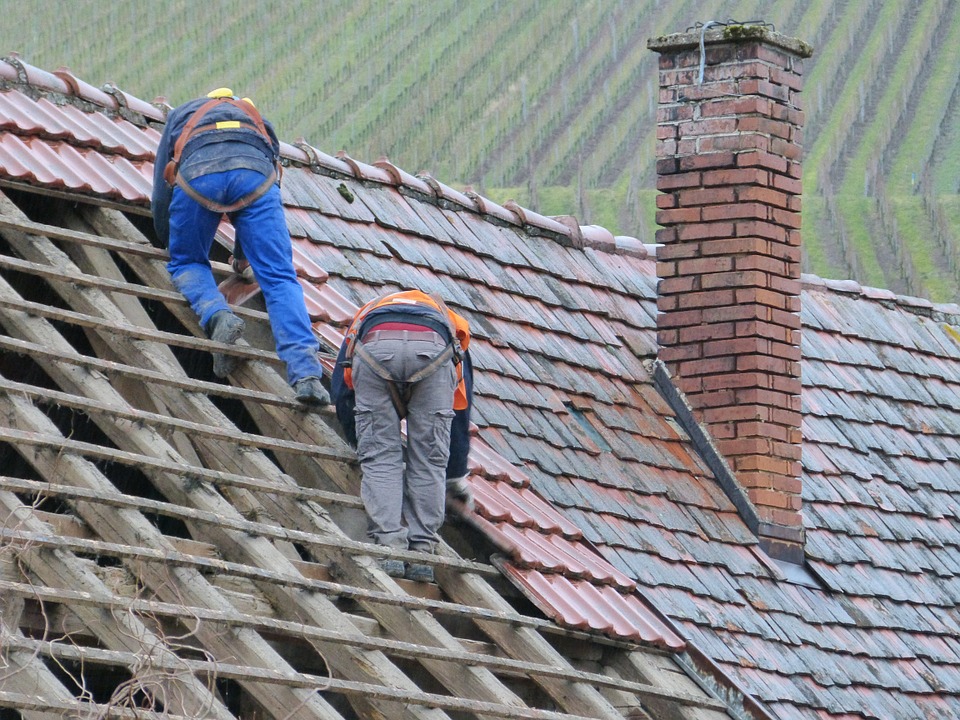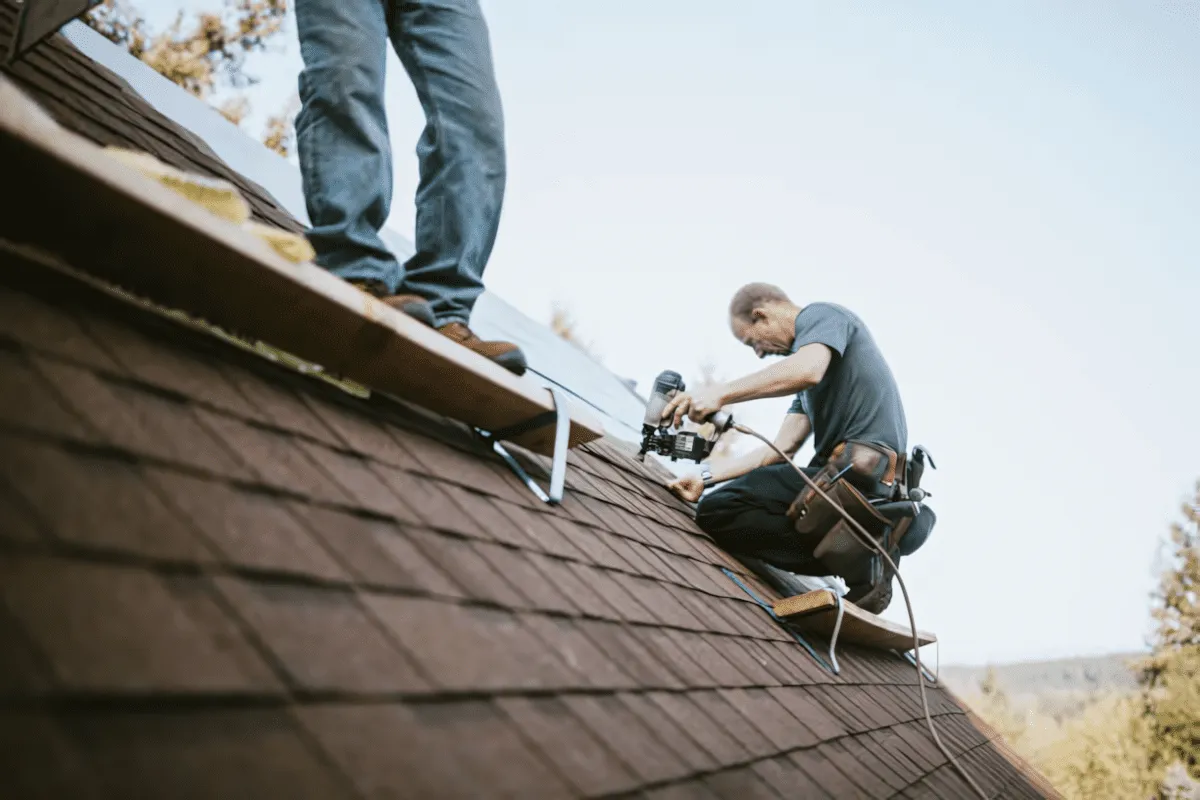How to Evaluate Different Roof Covering Options for Your Building Needs
Reviewing roof options for your building requires a thorough technique that thinks about various variables such as the meant usage of the structure, local climate conditions, and material qualities - Sylvania Roofing Contractor. It is crucial to evaluate the benefits and disadvantages of various roof kinds, from asphalt shingles to steel and clay tiles, while additionally factoring in first expenses and lasting maintenance.
Assessing Your Structure's Requirements
To properly assess roofing alternatives, begin by completely assessing your structure's requirements. Begin by considering the structure's intended use, as various frameworks may demand varying roof requirements. Domestic roof coverings typically focus on appearances and insulation, while commercial buildings might concentrate on durability and load-bearing capability.
Next, evaluate the local climate conditions that will influence roof covering efficiency. Factors such as temperature level changes, precipitation degrees, and wind patterns can affect product option and design. A roofing system that masters a pleasant environment may not perform too in locations susceptible to heavy snowfall or severe heat.
Additionally, assess the architectural honesty of your structure. Make sure that the existing structure can support the picked roof materials, particularly if taking into consideration heavier choices. It is also vital to evaluate any type of regional building codes or policies that may determine particular needs for roof.

Contrasting Roofing Materials
Once a comprehensive assessment of your structure's needs has been completed, the following action includes contrasting various roofing products. Each product provides distinctive benefits and drawbacks, making it important to straighten your selection with your details needs and circumstances.
Asphalt tiles are commonly recognized for their affordability and convenience of setup, making them a popular choice for household buildings. On the other hand, steel roof, known for its sturdiness and durability, can stand up to harsh weather yet may feature a greater preliminary investment.
Clay and concrete floor tiles provide excellent thermal insulation and visual charm, particularly for Mediterranean-style architecture, yet they require an even more robust architectural support due to their weight. Timber shakes offer an all-natural appearance and good insulation buildings however may demand more maintenance and are at risk to fire dangers.
Reviewing Price and Budget
Examining your roofing choices necessitates a cautious evaluation of expense and budget plan considerations. The general budget for a roof task comprises a number of factors, including product prices, labor expenses, upkeep, and prospective long-lasting cost savings. It is important to establish a clear budget plan prior to discovering details roof covering products, as this will guide the decision-making procedure and assist you prevent overspending.
Begin by obtaining quotes from several contractors to comprehend labor expenses in your region. Guarantee that these price quotes include all necessary services, such as removal of the old roof, installment, and any extra functions, like insulation or air flow renovations - Sylvania Roofing Contractor. Next off, analyze the expense of various roofing materials, taking into consideration both first installment expenses and anticipated life expectancy

Recognizing Energy Effectiveness
Power performance plays an important function in the option of roofing materials and systems, considerably impacting both power intake and total convenience within a building. A well-chosen roof covering can improve thermal performance, reducing the demand for home heating and cooling down systems, which in turn lowers power bills and reduces environmental impact.
When assessing roof covering choices, think about materials that reflect instead than soak up warmth. In addition, correct insulation and ventilation are anonymous vital to maximize the power performance of the whole roof covering system.
One more important variable is the roof's durability and maintenance needs. Resilient products that need less regular substitute add to long-term power savings. Furthermore, the power effectiveness of a roofing system can likewise be assessed with its compliance with established sustainability scores such as power STAR or LEED.
Thinking About Visual Appeal
A roof covering's aesthetic charm considerably influences the general look of a building, matching its building style and improving curb appeal. Roofer. When examining roof covering choices, it is vital to take into consideration exactly how the selected material, color, and style will harmonize with the existing structure and community. A properly designed roof covering can raise also the most basic of buildings, transforming them right into visual focal factors
Various roof covering products offer different aesthetic high qualities. For instance, traditional shingles may evoke a have a peek here traditional appeal, while steel roof covering can present a modern, streamlined look. Furthermore, the shade of the roof covering product plays an essential role; lighter tones can make a building appear even more spacious, while darker tones might create a cozier ambiance.
Moreover, architectural elements, such as dormers and eaves, can enhance the roofing's visual effect. It is a good idea to seek advice from professional developers or engineers to make sure the chosen roof choice straightens with the total design intent. Eventually, a roofing system ought to not just give useful advantages however also add positively to the building's visual, showing the proprietor's taste and the character of the surrounding environment.
Verdict
